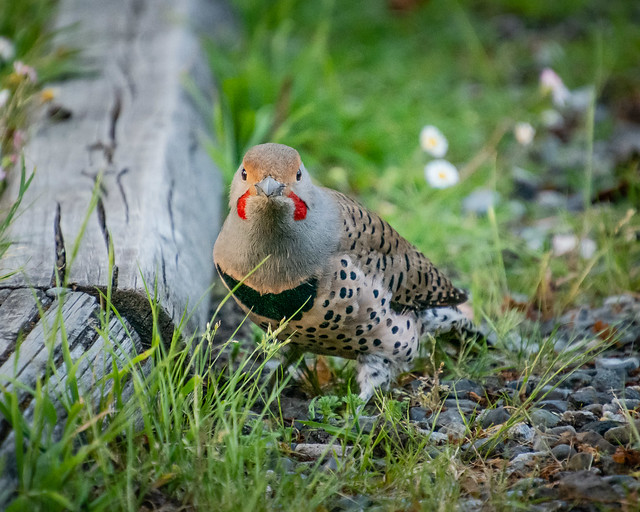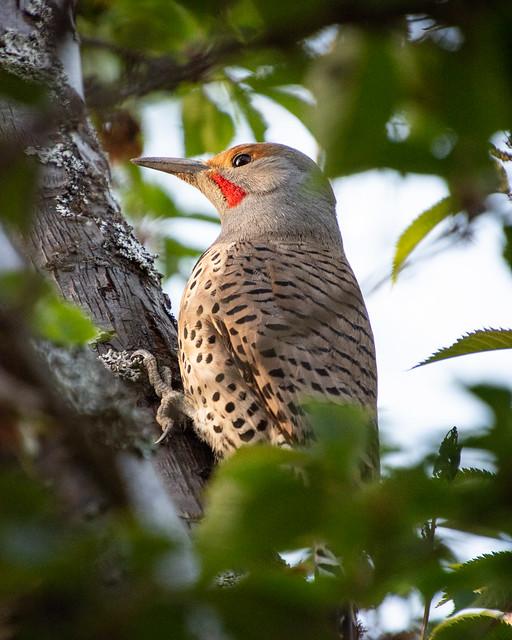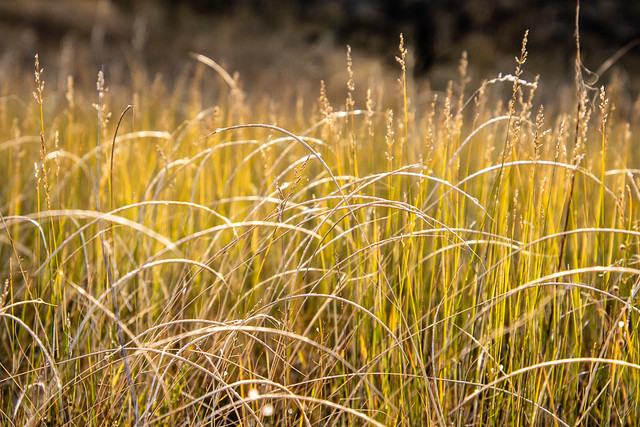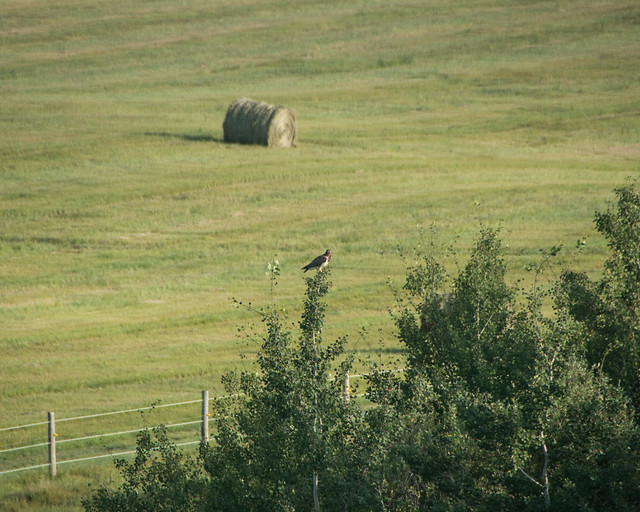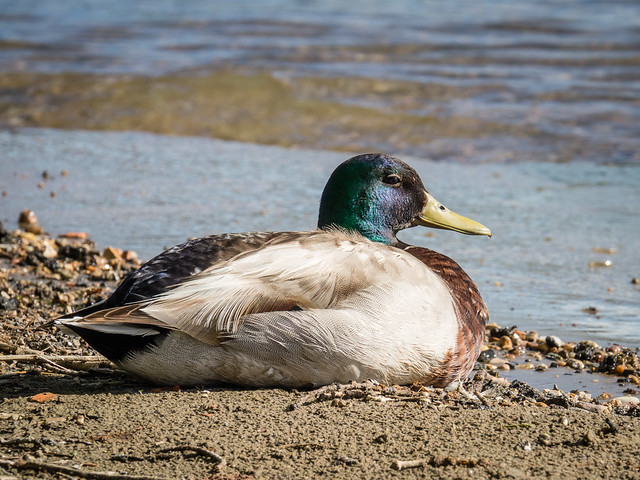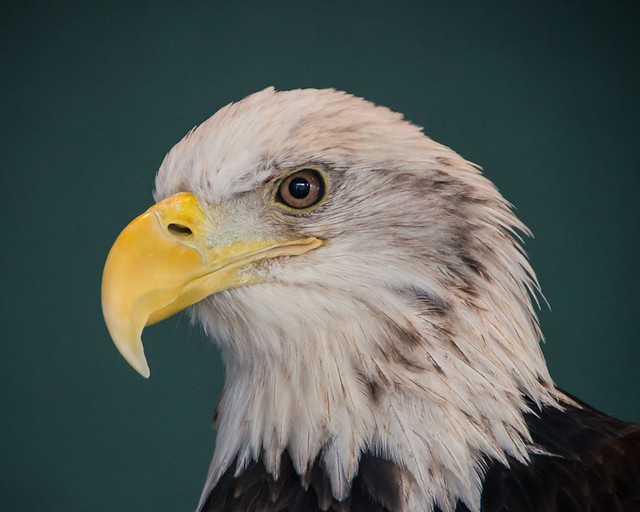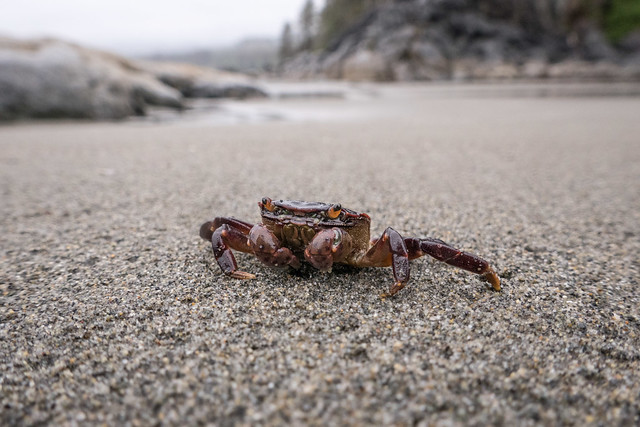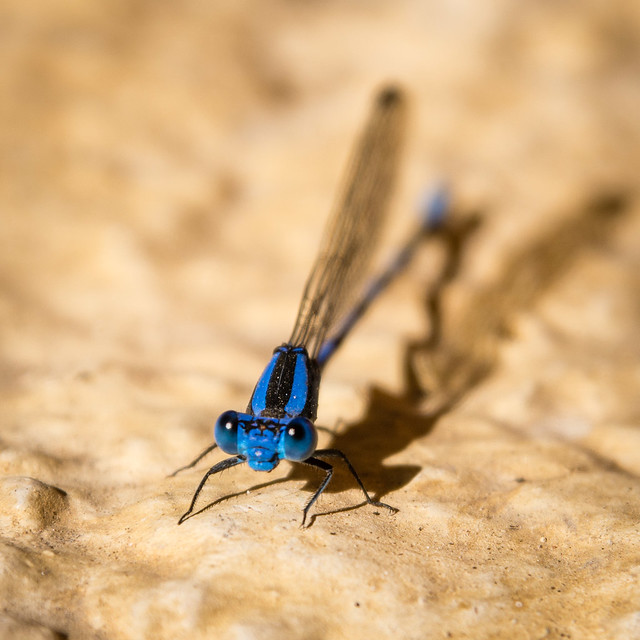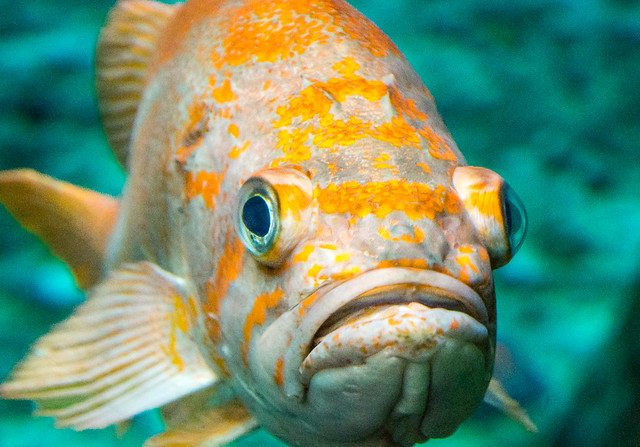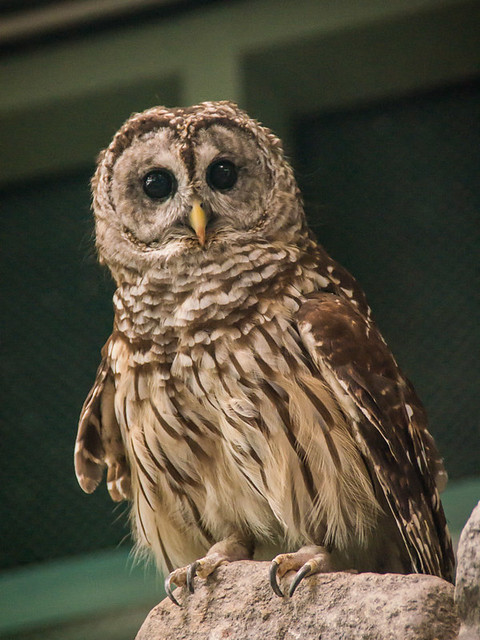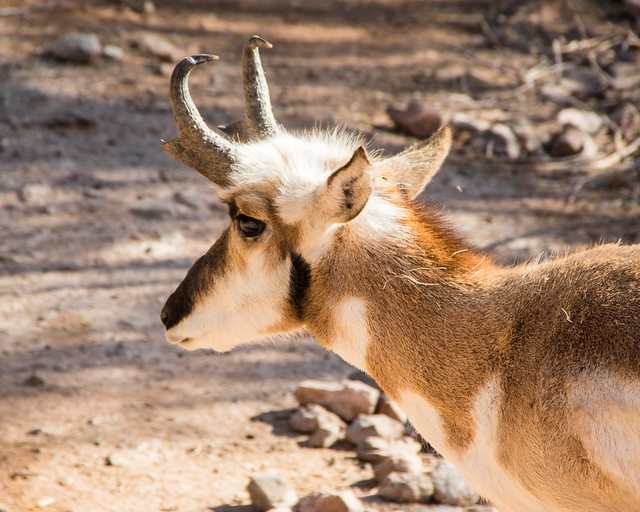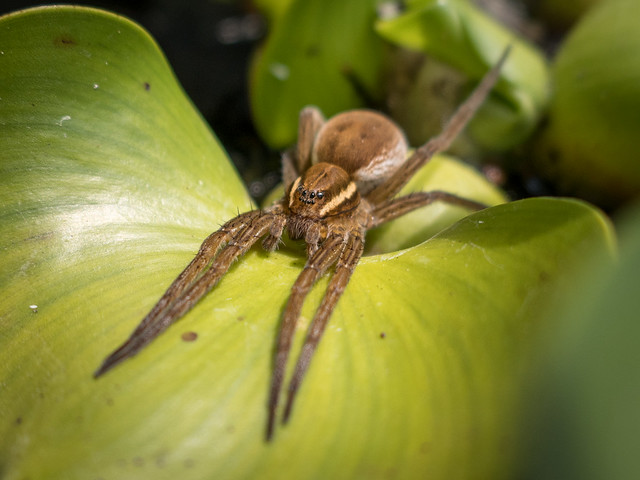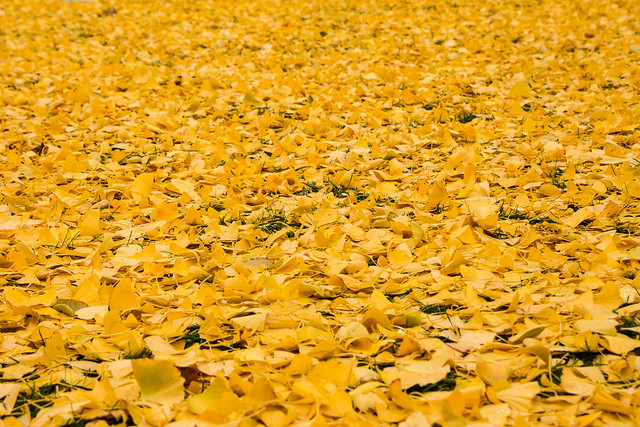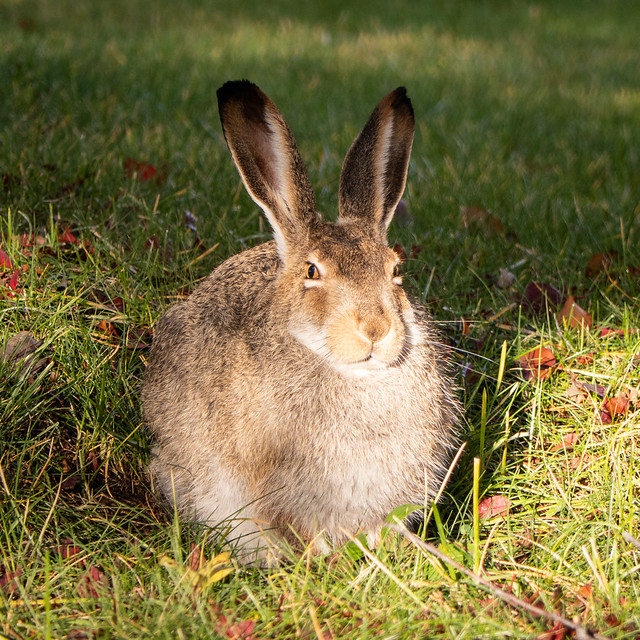Tuesday, 30 October 2018
EcoSask News, October 30, 2018
Upcoming Events
Going Solar in SK, Nov. 1 (Regina)
Find out about solar energy in Saskatchewan fromSkyFire Energy from 6:30-8 pm, Nov. 1, at the Regina Science Centre.
Regional Approaches to Energy Diversification, Nov. 7 (Saskatoon)
Sandra Moore will discuss regional approaches to energy diversification at the Nov. 7 breakfast meeting of SK Energy Management Task Force.
Walking Saskatoon, Nov. 4 (Saskatoon)
Everyone is welcome to attend Walking Saskatoon’s meeting from 1-2:30 pm, Nov. 4, at Tastebuds Café, 1624 Lorne Avenue. Discussion topics will include infill housing, loss of traffic safety revenue, and progress on Vision Zero.
Radiance Cohousing Open House, Nov. 10 (Saskatoon)
Tour Radiance Cohousing, a cohousing project pursuing Passive House certification, on Nov. 10.
Looking Ahead
Indigenous Green Energy Forum, Nov. 21 (Saskatoon)
First Nations Power Authority is hosting the 4th annual Indigenous Green Energy Forum from 8 am-4 pm, Nov. 21, in Saskatoon.
EcoHack, Nov. 23-25 (Saskatoon)
Participate in EcoHack, Nov. 23-25 at the U of S, and help solve local environmental and sustainability challenges.
Wilderness First Aid, Nov. 30-Dec. 2 (Saskatoon)
SaskOutdoors is hosting a Wilderness & Remote First Aid Workshop Nov. 30-Dec. 2 (location near Saskatoon).
A full list of upcoming events can be found on the EcoFriendly Sask Calendar
In the News
Regina commits to 100% renewable energy by 2050
There’s been lots of news coverage of this past weekend’s Just Transitions Summit. Here are articles from Global News and CBC
A proposed diamond mine on sacred Indigenous territory in Fort a la Corne forest passes environmental review. The proposed site would cover 9200 hectares in the forest
University of Saskatchewan environmental law professor Jason McLean says we should kill Bill C-69 as it undermines efforts to tackle climate change. The alternative? "Canada should assess all economic projects on the cumulative basis of a “net contribution to sustainability test.” If a proposed project doesn’t make an overall contribution to sustainability and decarbonization, then it doesn’t proceed."
Some ecologists believe that we should save endangered species by introducing them into our cities - not everyone agrees
Batteries will always have adverse environmental impacts, but ongoing development and invention can do much to minimize them
The sharing economy continues to expand - swap goods or expertise for accommodation during Barter Week
EcoSask News is a weekly round-up of local news and events. Email us if you have items you would like us to include.
You can follow EcoFriendly Sask by liking us on Facebook, following us on Twitter, or by email (top right corner).
Labels:
Energy,
Environment,
First Aid,
Housing,
Indigenous,
Passive House,
Regina,
Renewable Energy,
Saskatoon,
Sharing Economy,
Solar,
University,
Walking,
Wildlife
Tuesday, 23 October 2018
EcoSask News, October 23, 2018
Upcoming Events
Take Me Outside Day, Oct. 24
Teachers are encouraged to take their students outside for at least an hour on Oct. 24, Take Me Outside Day.
Art & Science in Wildlife Management, Oct. 26 (Saskatoon)
The WildEcol seminar series is held at 3:30 pm, every other Friday, on the U of S campus:
Oct. 26 – Bridging the gap between art and science in wildlife management
Anthropocene, Oct. 26 (Saskatoon)
Anthropocene, a cinematic overview of humanity’s reengineering of the planet, is being screened at the Roxy Theatre on Oct. 26. Check for the book, with photographs by Edward Burtynsky, in your local library or bookstore.
Travels South of the Equator, Oct. 27 (Fort Qu’Appelle)
Jean and Peter Ascroft will share their travels south of the equator on two continents at the 7 pm, Oct. 27, meeting of the Fort Qu’Appelle Nature Society (at the Fort Qu’Appelle Train Station).
NE Swale: More than an Urban Park, Oct. 30 (Saskatoon)
Join the Northeast Swale Watchers from 7-9 pm, Oct. 30, to learn about the Northeast Swale, progress to date, and ongoing challenges.
There will be 5 short presentations: Renny Grilz, Meewasin, What's in the Swale: The Unique Wildlife and Plants of the Northeast Swale; Dr. Ryan Brook, University of Saskatchewan, Monitoring and Mitigating the Impacts of Roads on Wildlife; Rick Huziak, Sask Light Pollution Abatement Group, Reducing Night Lighting for a Healthy Swale; Brenda Wallace, City of Saskatoon, Protecting What Matters - Policy Perspectives; Candace Savage, The Last Refuge: Why Protecting the Swale Matters.
Household Hazardous Waste Day, Oct. 28 (Saskatoon)
You can dispose of household hazardous waste in Saskatoon from 8 am-2:30 pm, Oct. 28.
Lakeridge Park Field Trip, Nov. 3 (Regina)
Join Nature Regina from 10 am to noon, Nov. 3, on a birding field trip at Lakeridge Park.
Library of Things Volunteer Orientation, Nov. 3 (Saskatoon)
Saskatoon’s Library of Things is hosting a volunteer orientation from 12-1 pm, Nov. 3.
A full list of upcoming events can be found on the EcoFriendly Sask Calendar
In the News
Two articles raise serious concerns for Saskatchewan residents:
Air quality readings are off the chart in southeast Saskatchewan
The government needs to allow regulators to enforce the regulations
Turtles survived the asteroid that wiped out the dinosaurs, but will they survive the Anthropocene? Where have all the turtles gone and why does it matter?
Coyotes can help build back biodiversity in rural and urban areas
5 ways cities could dramatically cut carbon emissions
EcoSask News is a weekly round-up of local news and events. Email us if you have items you would like us to include.
You can follow EcoFriendly Sask by liking us on Facebook, following us on Twitter, or by email (top right corner).
Sunday, 21 October 2018
Wildlife, Land, and People
It’s a hefty tome, but we’re intrigued by the premise behind Donald G. Wetherell’s book, Wildlife, Land, and People: A Century of Change in Prairie Canada. The book examines the relationships people have had with wild animals on the Canadian prairies between 1870 and 1960.
Here are just a few excerpts from the Introduction. If you’re interested in environmental history and the changing, complex relationships between humans and non-humans, you can order the book from your library or bookstore.
“Aboriginal economies and the fur trade had depended on wild animals, but the new prairie farm economy had no such long-term needs. Indeed, its success was predicated upon changes in regional fauna and flora. . . . In part this reflected that most Euro-Canadian settlers did not see wild animals as having intrinsic values, nor did they see any personal gain to be derived from accommodating the region’s existing natural systems.”
“An equally important impact of agriculture was the change that it brought to the land. Whatever the number of wild animals killed, the greatest overall change in animal populations and distribution came because of habitat change. Clearing and breaking the land and dedicating every available acre of land to production devastated the habitat of some species while inadvertently creating new niches for others.”
“Legislation about wildlife was important well beyond its enforcement for it created and shaped standards for public encounters with wildlife and asserted the state’s legal authority over all wild animals. This legislation also validated certain patterns of behaviour towards wild animals, explicitly and implicitly promoted assumptions about the value of individual species, and sustained particular social and political relationships with them, including their treatment as natural resources to be exploited and managed for long-term productivity.”
“Keeping wild animals as pets, watching them in national parks or zoos, visiting museums, and participating in natural history outings and meetings often validated human dominance and use of the natural world. But it is equally evident that, for some people, such activities reflected their curiosity and fascination with wild animals and that watching, studying, and interacting with them revealed the magic of life and provided a connection to the world.”
“Bison, for example, only became nostalgic symbols of the prairie past when they had been confined to zoos and parks and no longer challenged Euro-Canadian agricultural settlement.”
“The history of people’s relationships with wild animals on the Canadian prairies can help us understand that while these relationships have often been sorry ones, more sensitive and respectful models and attitudes have been present all along and can be drawn upon to inform our ongoing interaction with the natural world.”
Tuesday, 16 October 2018
EcoSask News, October 16, 2018
Upcoming Events
Smarter Science, Better Buildings, Oct. 15-Nov. 12 (Yorkton)
Grade 7 students in Yorkton can visit the Smarter Science, Better Buildings exhibit at the Western Development Museum from Oct. 15-Nov. 12.
Let’s Make Regina 100% Renewable, Oct. 16 (Regina)
Regina's Blue Dot Movement and some of Regina's City Councillors are hosting a panel discussion on making Regina 100% renewable by 2050 from 7-8:30 pm, Oct. 16.
Car Seat Recycling, Oct. 17 (Regina & Saskatoon)
Take advantage of a one-month pilot project to recycle infant seats, convertible seats, and booster seats in Regina and Saskatoon starting Oct. 17.
Nature Immersion Walks, Oct. 18 & 19 (Saskatoon)
Participate in a nature immersion walk from 1-3 pm, Oct. 18 or from 1-3 pm, Oct.19.
Sustainability on Campus, Oct. 19 (Saskatoon)
Join the U of S Office of Sustainability from 12-1 pm or over a pint at 5 pm, every third Friday of the month.
Repair Cafés, Oct. 20 (Prince Albert & Saskatoon)
Bring your broken things to be mended at Repair Cafés in Prince Albert and Saskatoon:
Prince Albert - 1-4 pm
Saskatoon - 10 am-4 pm
Seed Saving Workshop, Oct. 23 (Prince Albert)
Join the Prince Albert Permaculture Guild at 7 pm, Oct. 23, as they package seeds for the Prince Albert Seed Library.
Nature and Me, Oct. 24 (Regina)
Join Nature Conservancy of Canada at 7 pm, Oct. 24, for a discussion about our complicated relationship with nature and how it stands to impact our future. Obtain a 40% reduction when you register with the promo code NCCFRIENDS.
Standing Rock, Oct. 24 (Regina)
Cinema Politica Regina is showing two films about Standing Rock at 6:30 pm, Oct. 24.
Sustainability Lunch & Learn, Oct. 24 (Regina)
Learn about the City of Regina’s recycling and waste reduction/diversion plans at a lunch & learn at Innovation Place at 12 pm, Oct. 24.
Hallowe’en Nature Program, Oct. 27 (Regina)
Kids will enjoy meeting live animals and making spooky discoveries at the Wascana Spooktacular, 12-3 pm, Oct. 27.
Dark Skies at the Creek, Oct. 27 (Saskatoon)
Celebrate International Bat Week at the Beaver Creek Conservation Area from 12-5 pm and from 6:30-11 pm, Oct. 27. Meet some nocturnal animals and view the night sky. Book your spot now for the evening event as registration is limited.
A full list of upcoming events can be found on the EcoFriendly Sask Calendar
Birds of Saskatchewan
Birds of Saskatchewan by Alan R. Smith, Stuart C. Houston, and J. Frank Roy is now available from Nature Saskatchewan. The 800-page, full-colour book provides a comprehensive compendium of Saskatchewan’s birds. Receive a discount by purchasing before December 15.
In the News
Cowessess First Nation solar and wind power site is expected to generate up to 400 kilowatts of renewable energy
Differing opinions on the cause of Quill Lakes flooding are delaying a solution
Canada should prioritize land conservation in high-priority regions (as illustrated) and promote connectivity
New technologies make it easier to reduce energy demand at peak times
Dismantling buildings piece by piece to preserve the reusable parts keeps materials out of landfills and creates more jobs than demolition
Reduction of hydrofluorocarbons could buy us time until carbon emissions are brought under control
EcoSask News is a weekly round-up of local news and events. Email us if you have items you would like us to include.
You can follow EcoFriendly Sask by liking us on Facebook, following us on Twitter, or by email (top right corner).
Labels:
Astronomy,
Bats,
Birds,
Books,
Climate Change,
Construction,
Energy,
Nature,
Nature Conservancy,
Prince Albert,
Recycling,
Regina,
Renewable Energy,
Repair,
Saskatoon,
University,
Waste,
Water,
Yorkton
Thursday, 11 October 2018
See The World Through My Eyes
Spiders with 8 eyes, eagles that can focus on two objects simultaneously – no two animals see the same thing. Here are just a few examples.
Bald Eagles
Talk about eyes in the back of your head! Eagles can focus on objects in front and beside them at the same time thanks to having two centres of focus. Their eyes are four times as sharp as human eyes. From a fixed position at 1,000 feet above the ground, they can spot prey in an area just under 8 km squared. An inner eyelid, called a nictitating membrane, slides across their eye every few seconds to wipe away dust or dirt.
Butterflies & Moths
Some butterflies and moths have colourful patches on their wings that resemble eyes. Scientists speculate that they are used to frighten or distract potential predators. Owl butterfly have a bad reputation for getting drunk on fermented fruit.
Crabs
Fiddler crabs have almost-perfect all-round vision but, because their eyes don’t move, they use different parts of their eyes in different ways. Their sharpest vision is immediately in front of them and is used to identify and communicate with potential mates. Their overhead vision is limited to perceiving light and dark but is more than adequate for recognizing a seagull swooping down from the sky.
Damselflies & Dragonflies
Huge eyes take up most of the space on dragonflies’ and damselflies’ heads. By piecing together images from their 20-30,000 individual lenses, they can see what’s happening all around them, essential for locating and capturing prey while hovering in mid-air. They also have 3 simple eyes on their forehead that can detect light intensity.
Fish
Fish can’t close their eyes as they don’t have eyelids. Some have transparent nictitating membranes they can pull down to protect their eyes, while others have light-activated pigments in their eyes that turn darker when exposed to a bright light.
Frogs & Toads
Now this is amazing! Have you noticed that frogs and toads shut their eyes when eating? Their eyes actually move backwards, helping the tongue to push food down their throat.
Owls
Owls’ eyes are shaped like tubes rather than spheres and are fixed in place, but they can turn their necks up to 135 degrees in either direction. A large retina and an abundance of rods ensure that owls can take advantage of whatever light is available at night. The rod cells are connected differently than human rod cells so they’re able to pick up edges, movement, and silhouettes in dim light.
Pronghorn
Pronghorn have large eyes (36 mm in diameter) near the back of their head. They can spot movement up to 6.5 km away and can view objects within a 300-degree arc without moving their head or eyes.
Spiders
Most spiders have 8 eyes, but they’re not always arranged in the same way. For example, fishing spiders have 2 rows of 4 eyes, while wolf spiders have 3 rows of eyes (4-2-2). “Daylight hunting spiders use their two pairs of ‘side’ eyes to detect the motion of their prey. The spider then uses the two most central eyes to focus on their prey. The pair of eyes next to these are used for depth perception. When the target is close enough, these eyes let the spider know when to strike.”
Tuesday, 9 October 2018
EcoSask News, October 9, 2018
Upcoming Events
Spread of Feral Swine, Oct. 12 (Saskatoon)
The WildEcol seminar series is held at 3:30 pm, every other Friday, on the U of S campus:
Oct. 12 – Tracking the spread of feral swine across Canada
Basic Wilderness First Aid, Oct. 13 &14 (Saskatoon)
Back 40 Wilderness First Aid Training is offering an overnight camp and basic wilderness first aid course on Oct. 13 & 14 near Saskatoon.
Wasted, Oct. 15 (Regina)
Watch Wasted: The Story of Food Waste at 7 pm, Oct. 15, in Regina.
Gender & Climate Change, Oct. 15 (Regina)
Dr. Amber Fletcher, University of Regina, will explore how women and men are affected by climate disaster and how paying attention to gender can help strengthen our resilience to future climate events at the 7:30 pm, Oct. 15, meeting of Nature Regina.
Compost in your own Backyard, Oct. 16 (Prince Albert)
Learn how to compost in your own backyard at 7 pm, Oct. 16, at the John M. Cuelenaere Library, Prince Albert.
Prairie Bats & White-Nose Syndrome, Oct. 17 (Moose Jaw)
U of S Professor Vikram Misra will speak on prairie bats and white-nose syndrome at the 6:30 pm, Oct. 17, meeting of the Moose Jaw Nature Society.
Starlight at Sunrise, Oct. 17 (Regina)
Explore the universe with the Royal Astronomical Society from 7-8:30 pm at the Sunrise Branch, Regina Public Library.
Patagonia Conservation Land Trust, Oct. 18 (Saskatoon)
Leslie Tuchek will discuss Douglas Tompkins' work in establishing a sustainable land trust in Argentina and Chile at the 7:30 pm, Oct. 18, meeting of the Saskatoon Nature Society.
Build Sask Green 2018 , Oct. 18 (Saskatoon)
The Build Sask Green conference will be held in Saskatoon on Oct. 18 and will include sessions on zero carbon building standards and applications.
Looking Ahead
Nature Playcare, Oct. 26-Nov. 30 (Saskatoon)
Wildernook Fresh Air Learning is hosting Nature Playcare for 3-4 year olds from 1:30-3:30 pm, Friday afternoons from Oct. 26 to Nov. 30. Children should come dressed for the weather ready to immerse themselves in play-based learning in a natural environment.
Smarter Science, Better Buildings, Nov. 13-16 (Prince Albert)
Grade 7 classes and the public are invited to visit the Smarter Science, Better Buildings exhibit in Prince Albert City Hall’s foyer from Nov. 13-16.
Project Wild, Oct. 28 (Saskatoon)
Join SaskOutdoors for a Project Wild workshop on Oct. 28 in Saskatoon.
Saskatoon Nature Society Field Trips
Golden Eagles
Oct. 18, 9 am – Goose Migration south of Delisle
Retirees and partners who are interested in birds and the natural world are invited to participate.
Other Saskatoon Nature Society Field Trips
Oct. 28, 1-5 pm, Blackstrap Lake Birding & Fall Supper
Nov. 3, 9-10:30 am – Sanatorium Site Bird Walk
Everyone is welcome. Check the Saskatoon Nature Society’s website for full details and updated information.
A full list of upcoming events can be found on the EcoFriendly Sask Calendar
In the News
Saskatchewan's native prairies are under threat and disappearing rapidly
SaskPower introduces new customer-generated power options
Dozens of wildlife crossings will restore connectivity in the Cascades
Meet 6 amazing women who are speaking out on climate science and policy
EcoSask News is a weekly round-up of local news and events. Email us if you have items you would like us to include.
You can follow EcoFriendly Sask by liking us on Facebook, following us on Twitter, or by email (top right corner).
Labels:
Astronomy,
Bats,
Birds,
Children,
Composting,
Construction,
Moose Jaw,
Prairie,
Prince Albert,
Regina,
Saskatoon,
SaskPower,
Wildlife,
Women
Tuesday, 2 October 2018
EcoSask News, October 2, 2018
Upcoming Events
Bees & Pathogens, Oct. 9 (webinar)
Kirsten Palmier, MSc candidate at the U of R, will discuss bees and pathogens in a noon-hour webinar on Oct. 9.
Campus Sustainability Week, Oct. 9-12 (Saskatoon)
The U of S Office of Sustainability has a whole range of activities (art, food, cycling, waste, and more) planned for Campus Sustainability Week, Oct. 9-12.
Waste & Recycling, Oct. 10 (Regina)
Learn what happens to waste and recycling from 7-8 pm, Regina Central Adult Public Library.
Library of Things Fall Meeting, Oct. 11 (Saskatoon)
Find out more about the Library of Things and ways to get involved at their fall meeting and potluck supper at 6 pm, Oct. 11.
Wascana Waterfowl, Oct. 13 (Regina)
Join Regina Nature for a field trip to Wascana Marsh and Lake from 9-11 am, Oct. 13.
Falcons, Oct. 14 (Saskatoon)
Wild Birds Unlimited is hosting a trip to observe falcons catching their food. Meet at 3:30 pm, Oct. 14.
Rob Dumont Energy Management Awards Dinner, Oct. 15 (Saskatoon)
The 2018 Rob Dumont Energy Management Awards Dinner will be held on Oct. 15. Tickets are available on Picatic.
Looking Ahead
Just Transitions: Building Saskatchewan’s Next Economy, Oct. 27 & 28 (Regina)
Attend Just Transitions in Regina Oct. 27 & 28 to discuss the possibilities and pathways for transitioning Saskatchewan's economy to renewable energies.
Teaching Energy Transitions, Oct. 28 (Regina)
The teacher-focused breakout group will discuss possible frameworks for teaching about a just transition using the Saskatchewan curriculum from 1-2 pm, Oct. 28, during the Just Transitions conference.
Building Enclosures for High Performance Buildings, Nov. 15 (Saskatoon)
Building Enclosures for High Performance Buildings is a one-day course offered by Passive House Canada on Nov. 15.
A full list of upcoming events can be found on the EcoFriendly Sask Calendar
In the News
The City of Saskatoon's Green Strategy is long overdue, but action must match policy. It's fine to talk about conserving biodiversity and increasing interconnections, but it falls flat in face of City Council's refusal to lower speed limits through the Small Swale.
The City of Saskatoon has adopted Vision Zero. The challenge now is to make sure it works by designing streets to protect cyclists and pedestrians.
Could we use LED lights to avoid bird collisions with planes, buildings, etc?
“Ultimately, bringing our civilization back within planetary boundaries is going to require that we liberate ourselves from our dependence on economic growth—starting with rich nations. This might sound scarier than it really is. Ending growth doesn’t mean shutting down economic activity—it simply means that next year we can’t produce and consume more than we are doing this year. It might also mean shrinking certain sectors that are particularly damaging to our ecology and that are unnecessary for human flourishing, such as advertising, commuting, and single-use products.”
And, for the techies in the crowd, how and why to build a low-tech website.
EcoSask News is a weekly round-up of local news and events. Email us if you have items you would like us to include.
You can follow EcoFriendly Sask by liking us on Facebook, following us on Twitter, or by email (top right corner).
Labels:
Bees,
Birds,
Cycling,
Economy,
Education,
Energy,
Passive House,
Pedestrians,
Recycling,
Regina,
Saskatoon,
Sharing Economy,
Technology,
University,
Waste
Subscribe to:
Posts (Atom)
